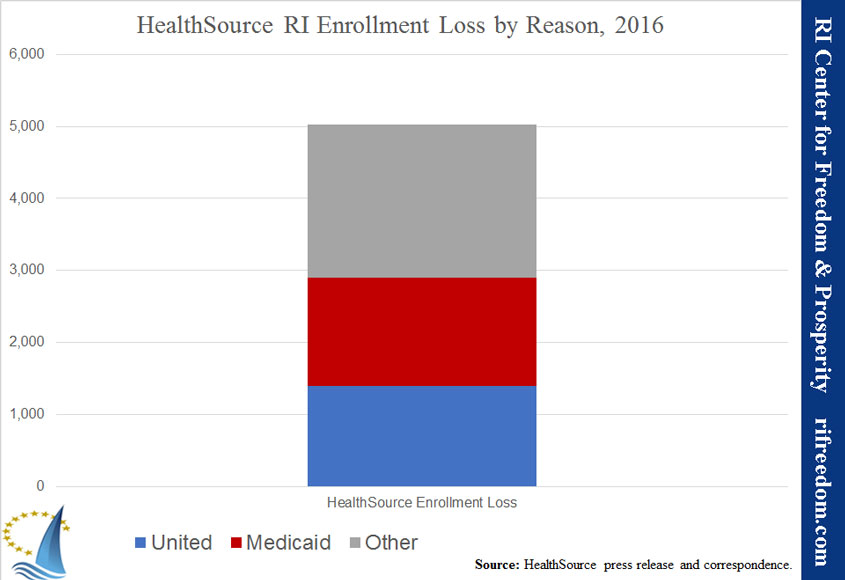Dissembling on HealthSource Tax
This Kathy Gregg article on Governor Gina Raimondo’s reaction to poll results showing a new HealthSource tax to be hugely negative should not slip through the cracks. The results of the poll found 63% opposed to the tax and only 27% in favor. Here’s Raimondo:
“It’s out of my hands. I can’t say we are not going to have the health exchange,” Raimondo told reporters Thursday, the morning the poll results were released.
“Obamacare is what is is, the Affordable Care Act is there. I had nothing to do with it. [But] we have to implement it … and pay for it. And what I tried to do is present a proposal to the General Assembly which would put the least amount of cost on business owners for the maximum amount of benefit.”
Well, no. It’s not out of her hands. Handing it over to the feds means that “we” — i.e., the state government — are not paying it. True, either way, Rhode Island health care customers will be paying the bill, but the distinction between the state and federal governments is not immaterial, not the least because of the games government officials are playing with the numbers.
“So we can either give it to the federal government or we can do it,” Raimondo said, again characterizing her proposal as one that “makes sure we run it in Rhode Island at a cost which is equal to or lower than the federal government.” …
In calendar year 2016, House fiscal staff advised lawmakers the new surcharge — that Raimondo describes as a “health reform assessment” — would be 4.74 percent for individuals and 0.98 percent for small businesses. During the next fiscal year, which begins on July 1, 2016, individuals would pay an extra 3.76 percent, and small-employers 1.05 percent to raise $11.2 million.
Kathy Gregg compares this with a 3.5% federal fee that would raise $8.6 million, but that isn’t an apples-to-apples comparison. The federal 3.5% is applied to plans in the exchange and then spread out to all health care customers with similar plans. In other words, the effective rate for the to people actually paying would be much lower.
The HealthSource tax, by contrast, starts with the budget for the exchange and then applies its 4.7% and 1.0% fees to all plans. In the federal case, the federal government carries all of the risk for cost overruns, because its fee is set by law. In the state case, the state government carries all of the risk, and the director of HealthSource can just adjust the tax as she sees fit.
I’d also take issue with the assertion that “business owners” are hurting and need that lower rate. Are individual health consumers not hurting, or are they just not organized enough to be a political problem?

